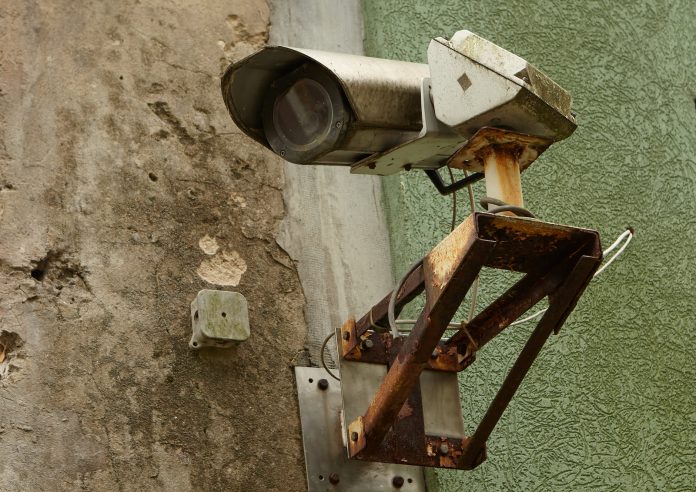We have a PTZ that has been sitting outside for many years and is frozen in place by corrosion – would you recommend using a penetrating oil to help break open the bolts? If so, which one?
A: Penetrating oil is going to be better than lanolin spray or WD-40 but it’s a bit tricky. Penetrating oils are often ion-based and this means they are active action. An ion-based penetrating oil has the potential to eat seals, so you need to be cautious with application – you don’t want to melt the seals of the PTZ unless you plan to throw it away.
Many penetrating oils come in spray cans, making them a blunderbuss. Use the applicator tube, an eye dropper or a cotton bud to get oil onto the nut and around the bolts and don’t overdo it – you only need apply as much penetrating oil as is required to cover the internal thread of bolt and nut.
Kroil is considered the best penetrating oil you can buy but it’s not easy to get in Australia. Liquid Wrench is meant to be good, too. WD-40 is better than nothing but not as good as these others. Something to consider is a finding by Machinist’s Workshop Magazine that a 50-50 mix of acetone and automatic transmission fluid works better than any commercially available penetrating oil, requiring the least amount of torque to break away rusted bolts – less than half the torque for Kroil. If you use this mix, remember to shake the bottle immediately before application as acetone and oil will separate out if left to stand.
When it comes to physically loosening bolts after penetrating oil has been applied, use quality wrenches that fit properly not shifters and rather than swinging on the end of the wrench, use a mallet to deliver a sharp tap to the nut. Often a sudden impact applied through a snugly fitting wrench will break away a frozen bolt.
Best safety practice is required when working with any penetrating oil – they are all highly flammable, as is acetone. Keep these products away from live currents and hot work, and bear in mind that solvents of all kinds have been fingered in a range of health issues – read the label and cover hands and faces.
Preventative maintenance is the best way to avoid having to face situations like this. Use dry marine grease and anhydrous lanolin liberally – the latter is a brilliant low-cost metal protector that’s safe to use. You should be taking apart your housing supports every few years as part of a comprehensive maintenance program anyway and when you do apply lanolin each time, using spray nozzle, a paint brush or cloth.
When you see an external fitting with rusty bolts corroding to more noble neighbours, act immediately. Use plastic spacers to keep metals apart and protect threads with a layer of Loctite or lanolin. Never ignore bubbling in metal surfaces adjacent to metal attachments. Bubbling and discolouration are signposts of galvanic corrosion.
If you use stainless steel, make sure air can get to it – stainless rusts as fast as anything else in airless environments – that includes locations where stainless sections are pressed up against other materials, including their mounting points to walls and other structures. You can mitigate these effects and avoid unsightly rust stains by regularly treating these areas with an oil-based protectant.
#sen.news












